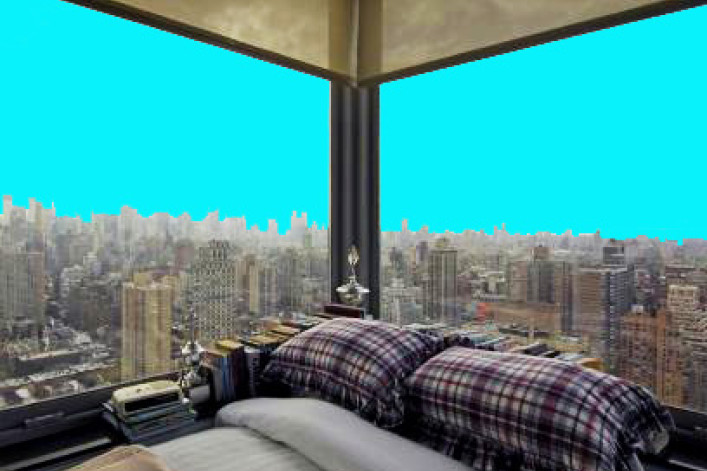The Market
The ups and downs of sky high living

For views, bragging rights, resale values and (sometimes) privacy, living wayyyy up in a 30, 50, or 60-story NYC high rise is hard to beat. But it also comes with a eclectic set of challenges.
A recent NY Times story, for instance, revealed the cell-phone-signal struggles suffered by some uber-high-rise dwellers. Here are some other unexpected complications that can crop up in extreme vertical living:
- Lack of window dressingopportunities. “It’s difficult to see how pedestrians are dressed for the weather,” notes broker-blogger Malcolm Carter. It's also hard to see how much snow has piled up or even (on cloudy days) guess at the existence or form of precipitation down below.
- Noise from below: A surprising amount of street noise (sirens, recycling trucks, drunken screaming) reaches very high floor apartments. “Lower floors are closer to street noise, but”—without neighboring buildings to run interference—“upper floors have a clearer shot,” explains Steven Orfield of Orfield Laboratories, a Minneapolis-based “building performance laboratory” which consults on acoustics, lighting and air quality issues in apartment buildings around the country. (Windows with a Sound Transmission Class Rating of at least 35 can usually cut the noise in half or better, says Orfield.)
- Noise from above: Very high floors also more vulnerable to noise from airplanes and helicopters--both near and far. “These are low-frequency noises, which travel very long distances,” says Orfield.
- Dog issues: A long elevator ride not only makes walking the dog less convenient, it’s hard on the dogs themselves. “Pets were constantly having accidents in the elevators," says one former 32nd-floor resident, "because 32 to the lobby is a long way to hold it.”
- Elevator dependence: When the elevators stop running due to power failure or maintenance issues, extreme high-rise dwellers wind up pounding a lot of stairs. The prospect alone can hurt resale prospects, says Carter: “I’ve had older buyers refuse to live more than several floors up because of that.”
- Elevator gridlock: Not all buildings have enough elevators to ferry residents around fast enough for their liking, especially during rush hour or when one or more elevator is out of service. A renter in a 30-story, 300-unit Murray Hill building with four elevators tells us it’s not unusual to wait 20 minutes during morning and evening rush hours, take the stairs, or ride an “up” elevator in order to reserve a spot going down. “The stairwells are always crowded, and the elevators are always crammed during rush hour,” she says. She speculates that the overcrowding is particularly bad because her building wasn’t designed to accommodate a flood of young tenants sharing apartments.
- Ear-popping (in the elevator) and vertigo (from the view)
- Light pollution: Light from unshielded electronic billboards spills upward as well as downward. “Lots of people can’t sleep because they have lights flashing day and night, or they have to buy blackout curtains,” says Orfield. “There’s been a lot of discussion in major cities about having lighting codes that require shields above huge commercial lights.”
- Swaying: High rises are intentionally built with a certain amount of flexibility, which can take some getting used to. “I was recently at a building on a very high floor and while waiting with my customers we actually felt the building move. They removed it from their favorite list,” says real estate agent Paul Zweben.
- Unusable outdoor space: Generally, the higher you go, the windier it is. Wind-sheared outdoor space is not a very relaxing retreat.
Brick Underground articles occasionally include the expertise of, or information about, advertising partners when relevant to the story. We will never promote an advertiser's product without making the relationship clear to our readers.
























